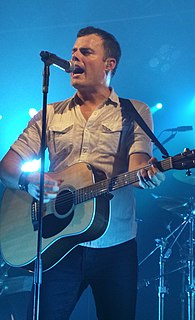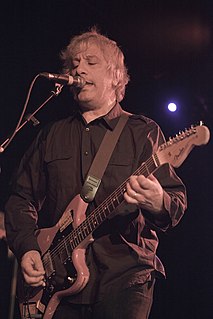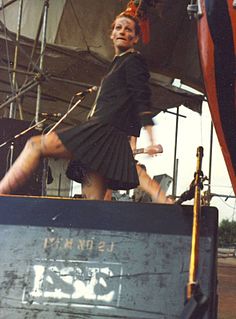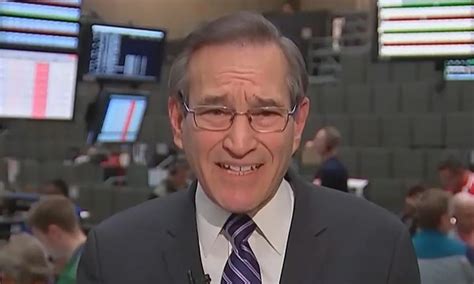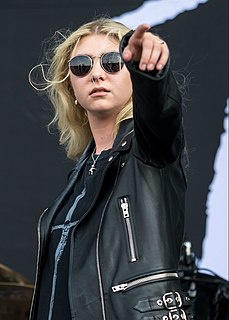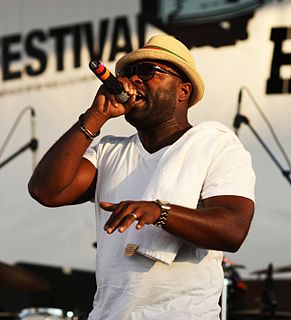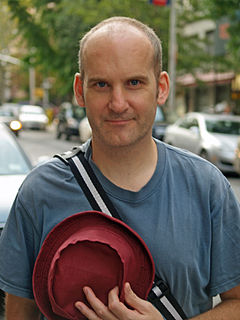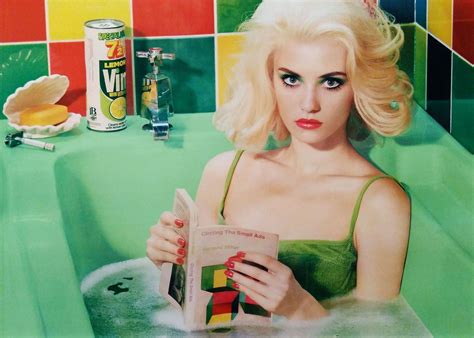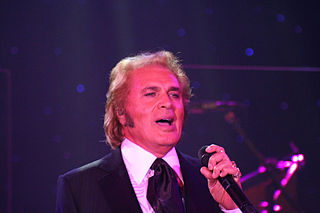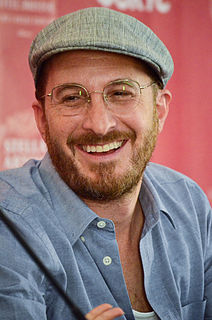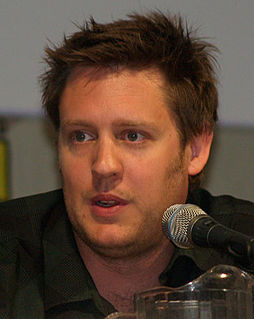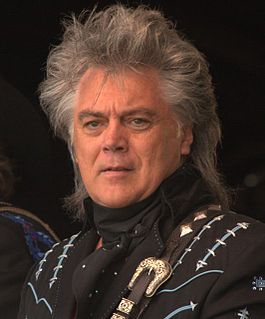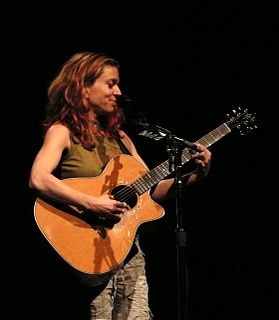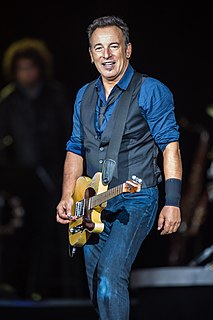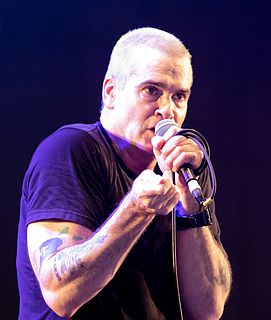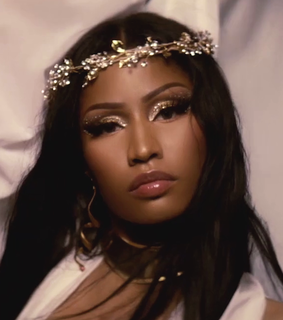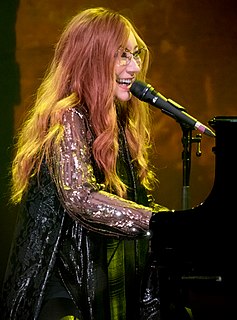A Quote by Marc Martel
I was born in '76, but I didn't get into rock until the early '90s when the grunge stuff started coming out.
Related Quotes
This was early '90s and in New York hip-hop was coming on really strong; that was the sort of urban folk music that was almost threatening to eclipse rock music and indie rock music in terms of popularity, which it has certainly gone on to do. But you know, this is the end of the 1980s, beginning of the '90s. The whole independent label thing has really evolved to this incredible point from the early '80s when we started, and there wasn't one record label at all, until a couple people started forming these small labels.
We were born ahead of our time. Don't forget that the riot-grrl scene had a lot to do with making The Slits a legend, and that didn't happen until the early '90s. We couldn't get together before then, because the legend hadn't been built yet. In the 2000s, we've become bigger than life in that way. It's become really important for The Slits to be here now, but idealistically, we should have done it in the '90s.
You can hear a real shift. You listen to the late 80s recordings, you'll hear us engaging with the audience, dealing with the issues surrounding punk shows at the time. Back then, people thought you had to be a skinhead and beat the crap out of everybody when you went to a punk show. Come the early 90s, when you had this so-called grunge stuff and when videos became so dominant, you had this totally huge shift in the culture of shows.
When I began in the late '90s, I felt quite lonely. We were coming out of the grunge era; it was the time of Corinne Day, The Face, the height of the YBAs, where models had to be "real," on real locations with no lighting. I rebelled against the grungeys - I didn't find the faux naturalism to be representative!
